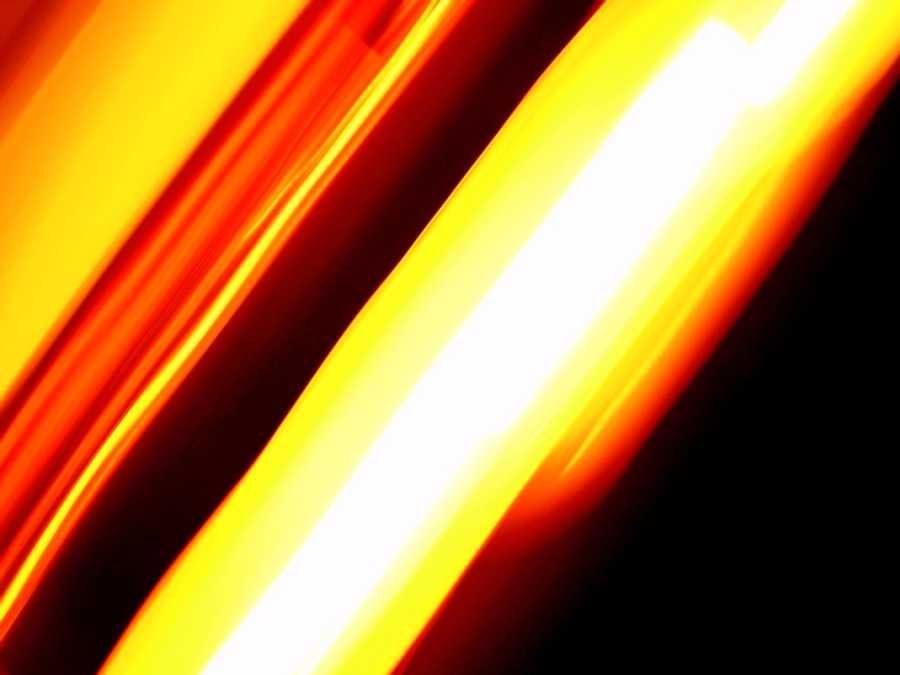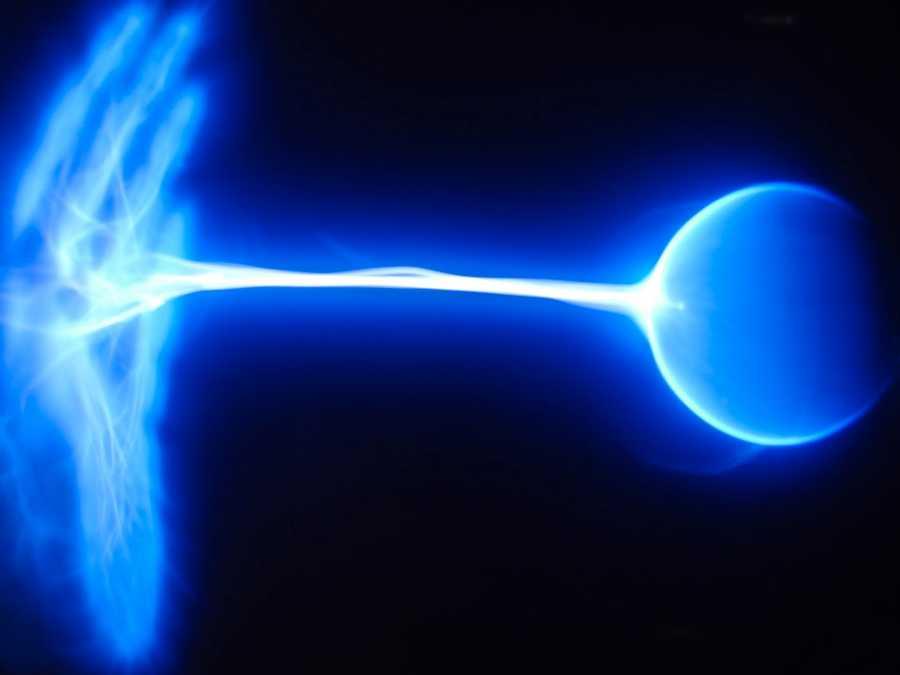The Large Light Collider
They went looking for collisions between photons and nuclei, called photonuclear collisions, in data collected during the lead-ion runs at the LHC. These runs have happened in the few weeks just before the LHC’s winter shutdown each year that the LHC has been in operation.
Lead nuclei are made up of protons and neutrons, which are made up of even smaller fundamental particles called quarks. “You can think of the nucleus like a bag of quarks,” Noronha-Hostler says.
This bag of quarks is held together by gluons, which “glue” small groups of quarks into composite particles called hadrons.
6
26 reads
CURATED FROM
IDEAS CURATED BY
I owe my originality to a technical clusterfuck of emotions driven by angst and my dad's radio.
The idea is part of this collection:
Learn more about personaldevelopment with this collection
How to apply new knowledge in everyday life
Why continuous learning is important
How to find and evaluate sources of knowledge
Related collections
Similar ideas to The Large Light Collider
A Trigger That Picks Out The Photon-Zapped Lead Ions
During the lead-ion runs at the LHC, nuclei aren’t the only things colliding. Because they have a positive charge, lead nuclei carry strong electromagnetic fields that grow in intensity as they accelerate. Their electromagnetic fields spit out high-energy photons, which can also collide—a fairly ...
The Photons Having A Moment
When two lead nuclei collide at high energy inside the LHC, the gluons can lose their grip, causing the protons and neutrons to melt and merge into a quark-gluon plasma. The now-free quarks and gluons pull on each other, holding together as the plasma expands and cools.
Ev...
The Smallest Drop
For now, the exact mechanism that may be causing this quark-gluon plasma signature within photonuclear collisions remains a mystery. Whatever is going on, Noronha-Hostler says figuring out these collisions could be an important step in quark-gluon plasma research.
...
Read & Learn
20x Faster
without
deepstash
with
deepstash
with
deepstash
Personalized microlearning
—
100+ Learning Journeys
—
Access to 200,000+ ideas
—
Access to the mobile app
—
Unlimited idea saving
—
—
Unlimited history
—
—
Unlimited listening to ideas
—
—
Downloading & offline access
—
—
Supercharge your mind with one idea per day
Enter your email and spend 1 minute every day to learn something new.
I agree to receive email updates



